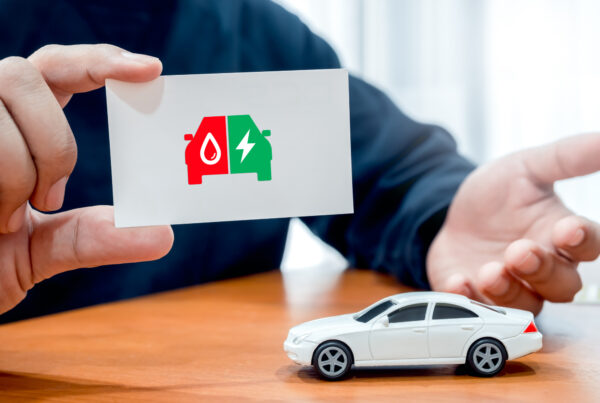The NETA V was rated 0 stars by the ASEAN NCAP during its safety test last November 2024. NETA V, also known as the NETA Aya, was released by electric vehicle company, NETA Auto in 2020. Tested at Malaysia’s MIROS Provisional CRASE Crash Centre, this EV was the first to receive a 0-star rating under the organisation’s 2021-2025 protocol. Currently, the vehicle is available in Malaysia, Brunei, Indonesia, and Thailand.
THE NETA V’S (LACK OF) SAFETY FEATURES
Sporting a “stylish outlook,” NETA marketed the vehicle towards younger drivers with its hatchback design and “continuous taillights.” It comes in four colours, but only one variant. The interiors boast artificial leather lining with foldable back seats and a 6-way adjustable driver’s seat.
NETA installed a “N95 grade filter element” in the vehicle’s cockpit. An HEPT 3.0 constant temperature battery management system cools the vehicle with a 95 per cent constant temperature ratio. This EV can charge up to 80 per cent within 30 minutes with DC fast charging. On a single charge, the NETA V can go up to 401 kilometres and around 101 kilometres per hour.
Apparently, the vehicle can also be used as a “power bank.” Drivers and passengers can charge not just their cell phones, but also “small electrical appliances.” This is all thanks to its external discharge measured up to 3.3 kilowatts.
The vehicle’s safety features include 2 air bags, an Anti-lock Braking System (ABS), and Electronic Stability Control (ECS). Unfortunately, its Seatbelt Reminder System (SBR) is only applied to its driver’s seat. Furthermore, the vehicle lacks an Autonomous Emergency Braking (AEB) system, Forward-Collision Warning (FCW), Lane Keep Assist (LKA), and Lane Departure Warning (LDW).
ASSESSMENT RESULTS
ASEAN NCAP gave the NETA V an overall score of 28.55 points out of 100. In the first category, Adult Occupant Protection (AOP) category, the vehicle scored 7.89 points out of 20. Under this category, the organisation assessed the vehicle through a frontal offset crash test and a side impact test.
As seen in this video, the NETA V’s hood barely came out of the test in one piece, with the dummies experiencing a drastic whiplash, especially the driver. The test revealed through its front impact test that the car provides little to no protection for both the driver and front passenger’s chests. Furthermore, the driver’s head, feet, and right leg would be severely damaged in the case of a frontal crash.
In the side impact crash test, the results for the driver fare better as there is better protection for the head, neck, and abdominal area. The driver’s chest, however, only receives adequate protection. All in all, the NETA V scored 0 for both frontal impact and head protection technology with a 6.31 for side impact.
Additionally, results of the crash tests revealed the airbags provided limited protection as the dummies collided with the front console and steering wheel. Absence of a load limiter and retractor pre-tensioner exacerbated the model’s poor performance in the crash test.
The vehicle fared better in the Child Occupant Protection category with 13.51 points. While there is ample protection provided for a child occupant, its Child Restraint System (CRS) received low marks (5.46). This indicates that the vehicle might not be universally compatible for child seats. It marked highest in Dynamic Test with 24 points but 0 for child protection.
The NETA V lacks all ASEAN-recommended features to test for Motorcyclist Safety. These features are; Bling Spot Technology (BST), Auto High Beam (AHB), and Pedestrian Protection (PP). Due to this, the model received 0 marks for the MS category.
ASEAN NCAP notes that though the model is trendy, the critical feature that it lacks is a limiter for its seatbelts. “A basic safety equipment such as retractor pretensioner and load limiter for the seatbelts can result in significant outcomes for the safety of the vehicle occupants,” the organisation wrote in a press release.
Want more details about the NETA V’s results? Read ASEAN NCAP’s full report here.


















